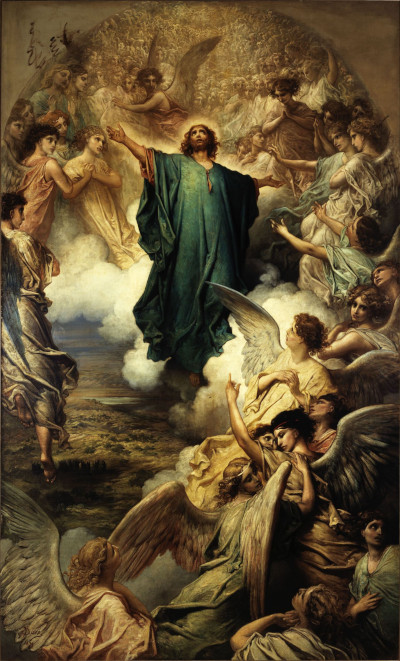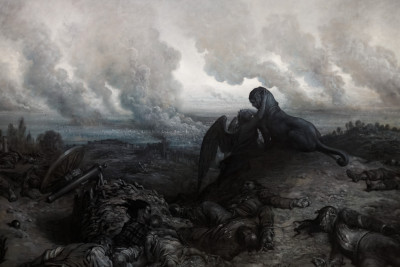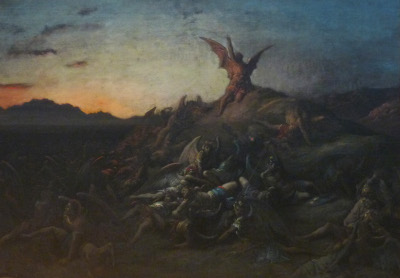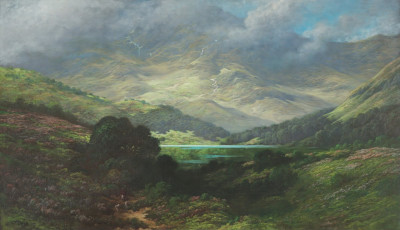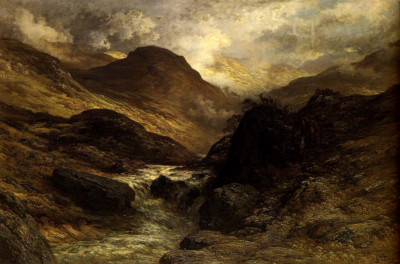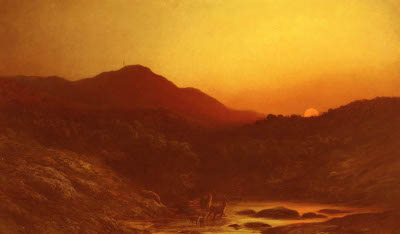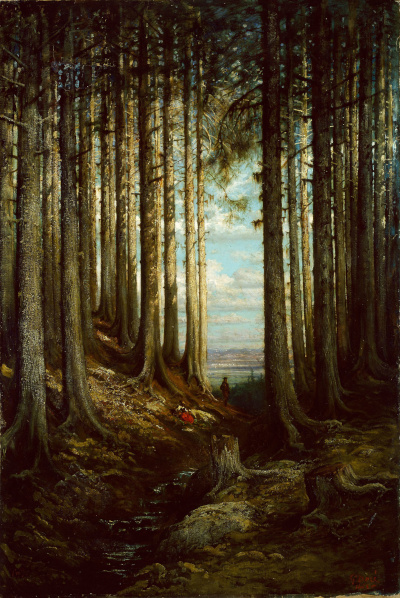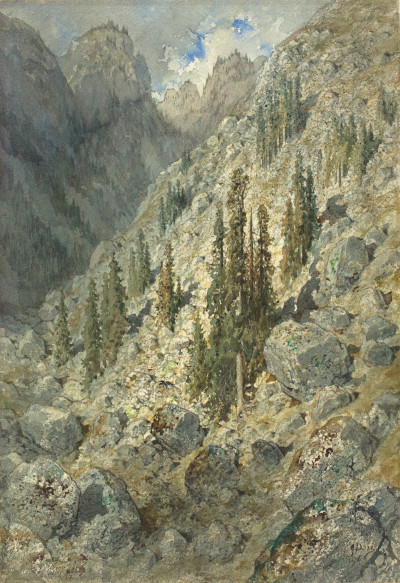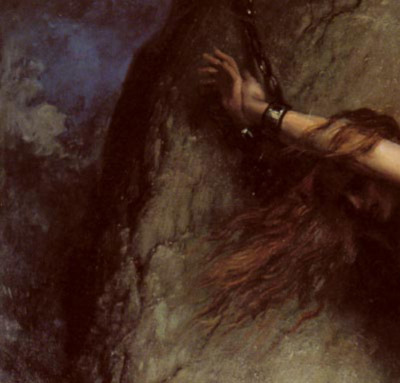Gustave Doré was most famous as an illustrator but he would achieve success within his own lifetime in a number of other artistic disciplines, including oil painting and watercolours.
He was a curious, ambitious man who could never settle on just one approach within his career. He successfully mastered the use of both oils and watercolours and was also a talented sculptor. His paintings fitted into particular periods of his career in which he specialised within this medium for a short period of time before returning to illustration once again. One might argue that most of his commercial interests fell outside of painting, and so this served as a more relaxed option. Over time he would achieve some success with this art form and sold many of his paintings within France and the UK. Despite this, most academic focus has remained on his book illustrations and so relatively little research has been carried out into his achievements as a painter. Another exciting aspect of his work with painting and sculpture is how it gave him the opportunity to take his incredible drawings and flourish them with colour and the third dimension. One can find many examples of where Gustave Doré would take on the same content across different mediums, providing interesting comparisons across his lifetime.
The content of his paintings tended to be from the genres of history painting, religion and also landscapes. He produced a particularly famous series of works whilst travelling around Scotland and these would prove particularly popular with collectors across the UK. His style was Romanticist, an art movement with great momentum across his native France which also spread successfully into other parts of Europe. The lightness of touch found in his illustrations would be replicated by the subtle changes in tone which appeared within his use of oils, and Gustave Doré could have had a successful career as a painter alone if he had chosen to specialise within this medium. Some of his creations were also produced on huge canvases, which was another opportunity brought about by this medium which was not really available to him for illustrations and engravings. He continued to dip in and out of painting for many years, never losing his fascination with this art form even though he had continued commitments elsewhere.
Art and literature went hand-in-hand within the career of Doré. For example, not only would he illustrate new editions of classic literature, but he would also produce paintings that were inspired by content from the same sources. For example, he focused on the works of Shakespeare for a number of paintings. There would also be many scenes from the Bible delivered in oils as well. Some of his history paintings might remind some of the later work of Alphonse Mucha, who himself was spread across both painting and illustration. The both produced breaktaking, complex depictions of historical moments, some of which would be fairly specialist selections. Some will be introduced to the artist's career from his landscape paintings, many of which exist within some fairly high profile galleries and art museums. This Frenchman was able to capture the essence, and incredible beauty, of the Scottish landscape within some atmospheric pieces. A number of those would be metres long and truly uplifting to see in person. The two main exponents at this time of watercolour would be France and the UK and so, perhaps inevitably, Doré would also experiment with that medium from time to time as well.
Doré mastered many genres during his career, and one of those that featured the most was figurative art. It spread across the full breadth of his career and was particularly prominent within his oil paintings. Scenes of mythology and religion would come to life with complex arrangements of figures, all caught up in his world of deep emotion and drama. He would become famous as a book illustrator, but otherwise might well have become known as one of the great Romanticist painters, such were the skills in this medium that he developed over time. Thankfully he was paid handsomely for his illustrations, and so this allowed him to hire others for the engraving tasks, freeing him up to concentrate purely on the more creative phases as well as looking into other mediums. He impressed as a painter and sold many works in oils and watercolours, whilst also making some headway as a sculptor. He desperately wanted to achieve the same level of fame with painting and sculpture as he had with illustration, but ultimately it was never to be, much to his frustration. These alternative mediums therefore remain interesting niches within his overall, and considerable, oeuvre which ran into the many thousands of artworks by the end of his career.



